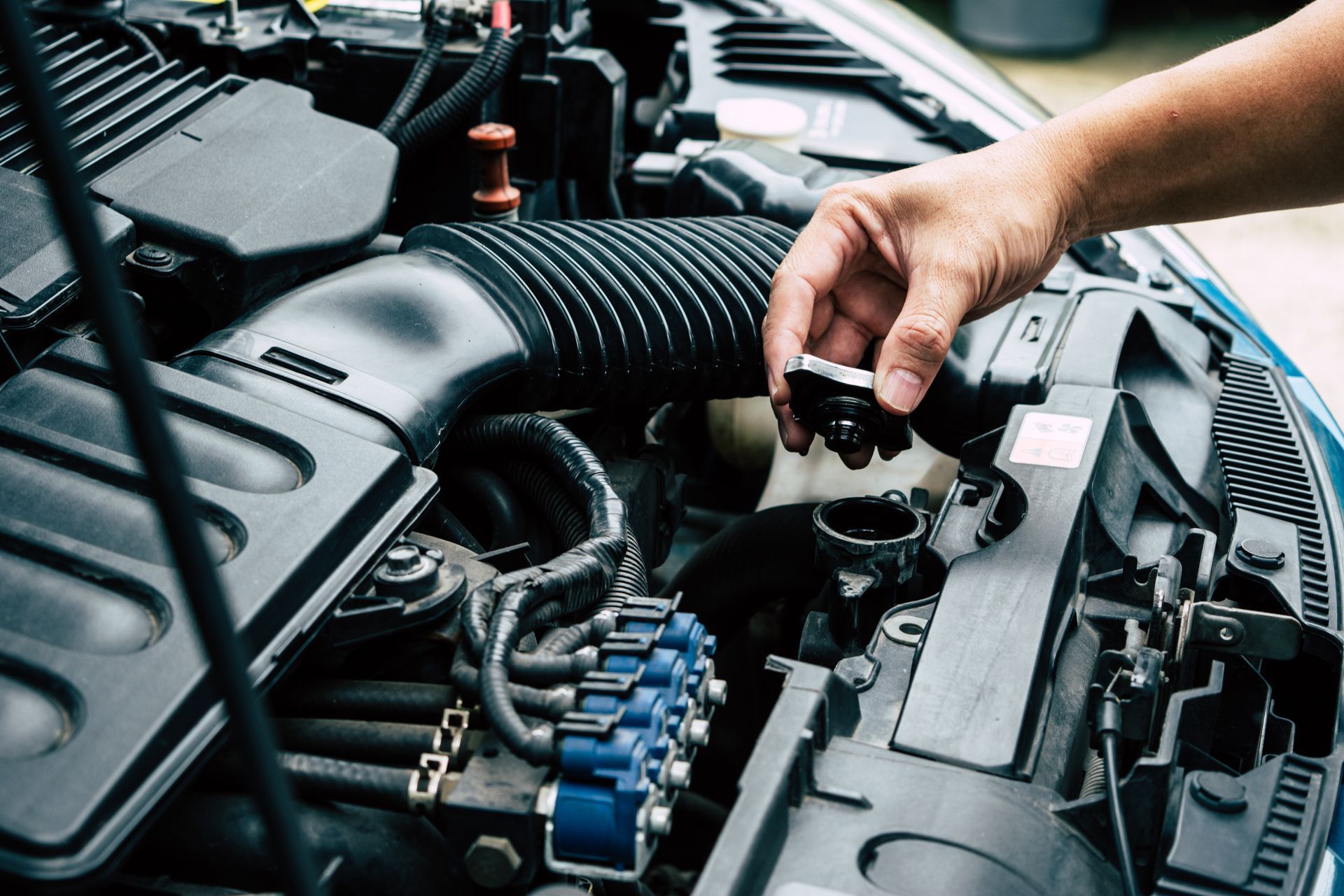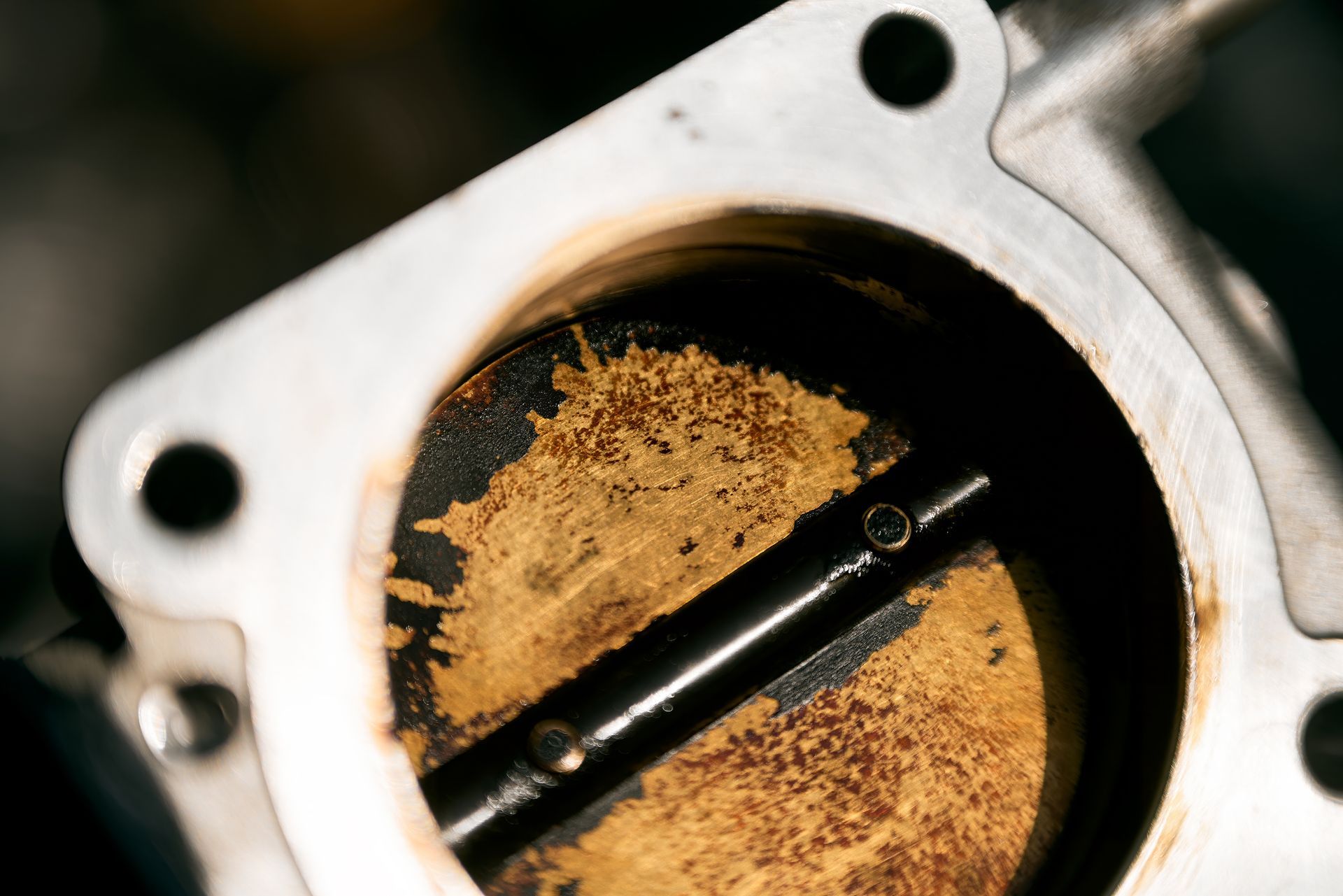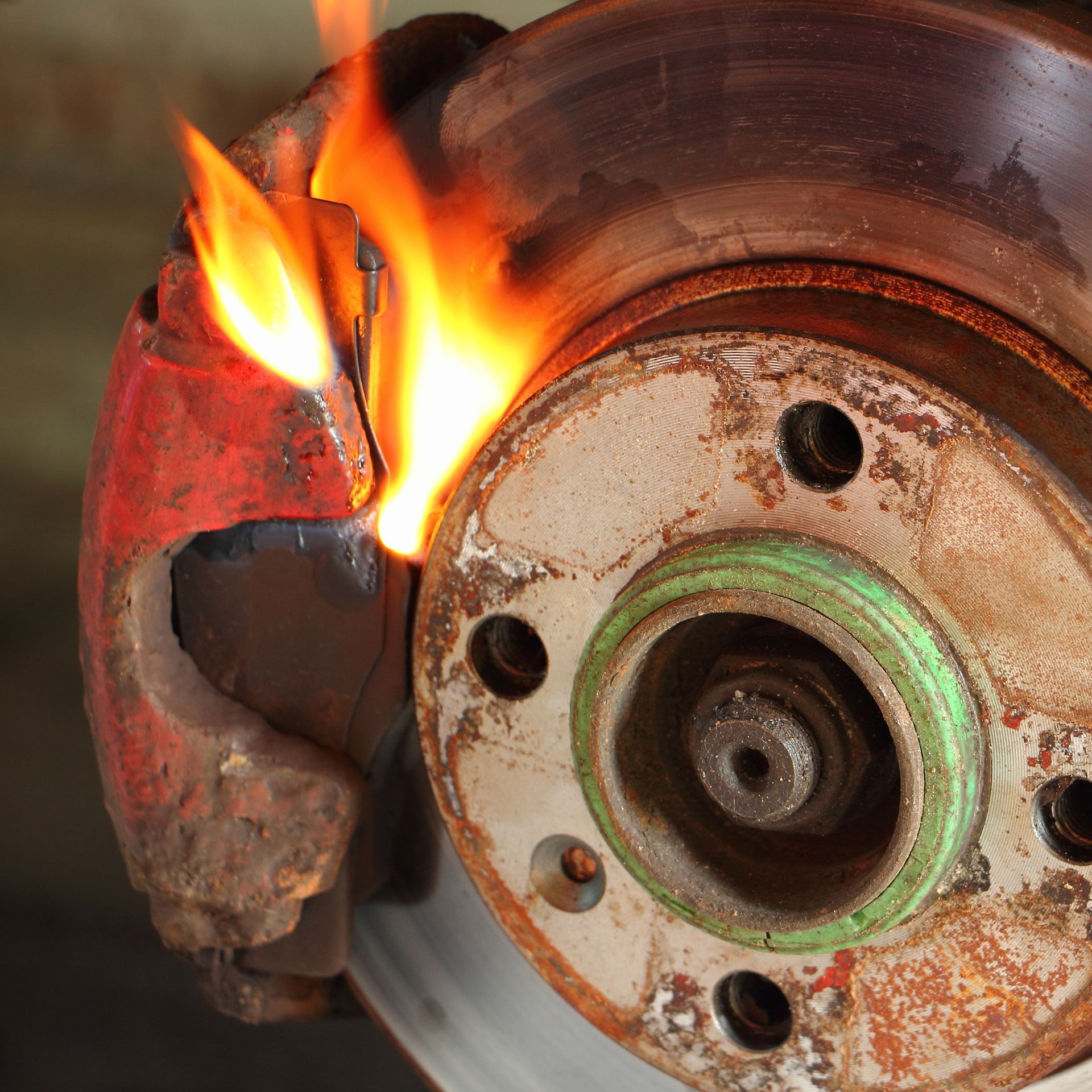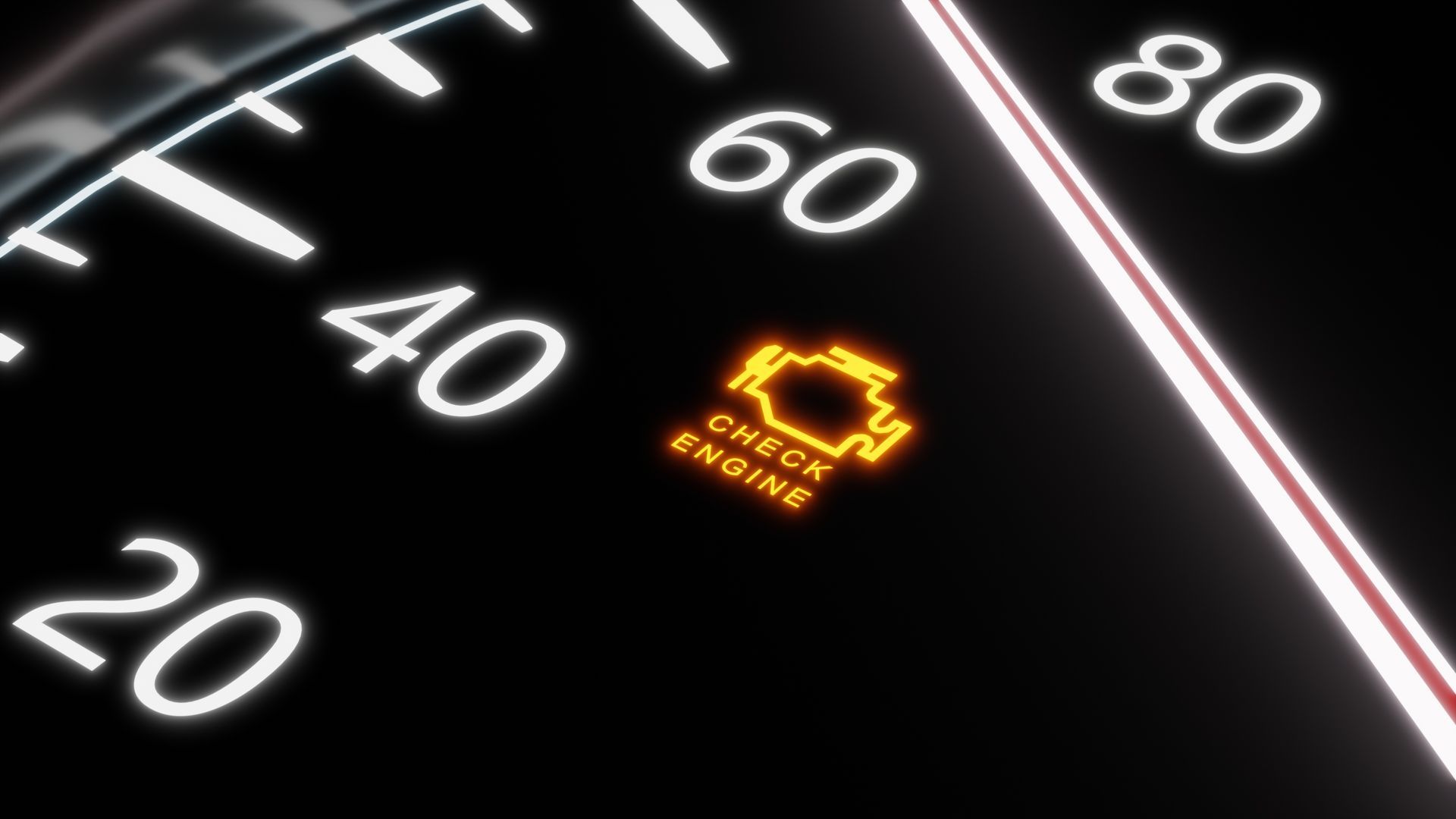Mismatched tires on a Subaru might seem like a minor issue, but they can cause significant problems for the vehicle's all-wheel-drive (AWD) system. Subaru's AWD system is designed to provide optimal traction and stability by ensuring all four tires work together seamlessly. When tires are not uniform in size, tread pattern, or wear, this symmetry is disrupted, leading to various mechanical and performance issues.
Understanding Subaru's AWD System
Subaru's AWD system is renowned for its ability to provide exceptional traction and stability in various driving conditions. This sophisticated system relies on all four tires working in harmony to distribute power evenly and maintain control. When tires are mismatched, whether in size, tread pattern, or wear, this balance is disrupted, which can lead to several issues.
Impact of Different Tire Sizes
Firstly, consider the difference in tire size. Even a slight variation in tire diameter can cause significant problems. Subaru's AWD system is designed to monitor and adjust the rotation speed of each wheel. If one tire is larger or smaller than the others, it rotates at a different speed. This discrepancy forces the AWD system to work harder to compensate, leading to increased wear and tear on components such as the differential, transmission, and transfer case. Over time, this can result in premature failure of these critical parts, leaving you with a hefty repair bill.
Tread Pattern and Depth Variations
The tread pattern and depth play a vital role in your vehicle's performance. Tires with different tread patterns or varying levels of wear create an imbalance in traction. This can cause the AWD system to misinterpret the traction levels, potentially sending more power to the wrong wheels. The result? Reduced handling, compromised stability, and an increased risk of losing control, especially in slippery conditions.
Effect on Fuel Efficiency
But it's not just about mechanical wear and stability. Mismatched tires can also affect your Subaru's fuel efficiency. When the AWD system is constantly working to correct the imbalance caused by mismatched tires, it consumes more energy, leading to increased fuel consumption. This not only hits your wallet at the pump but also adds unnecessary strain on the engine and drivetrain.
Long-term Costs of Short-term Savings
One might think that replacing two tires instead of four is a cost-saving measure. However, this short-term saving can lead to long-term expenses. The stress placed on the AWD system by mismatched tires can cause uneven tire wear, meaning you'll have to replace your tires more frequently. Moreover, the potential damage to your AWD system and associated components can result in repair costs far exceeding the price of a full set of new tires.
Maintaining Tire Uniformity
So, what can you do to prevent these issues? The solution is simple: always replace all four tires simultaneously. By doing so, you ensure that all tires are of the same size, tread pattern, and wear level, maintaining the balance and harmony that your Subaru's AWD system requires. Regular tire rotations and alignments can also help extend the life of your tires and keep your vehicle running smoothly.
Feeling unsure about the state of your tires? Visit
Mountain Tech for expert advice and top-notch tire services. Our skilled technicians will help you maintain your Subaru's AWD system in peak condition.











